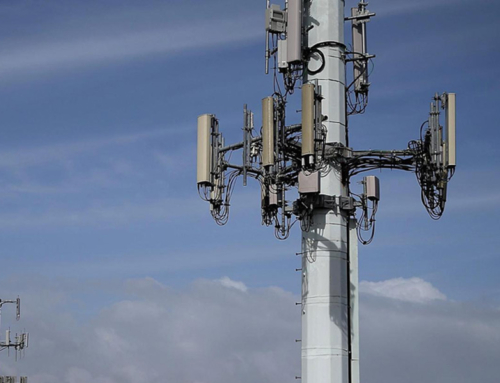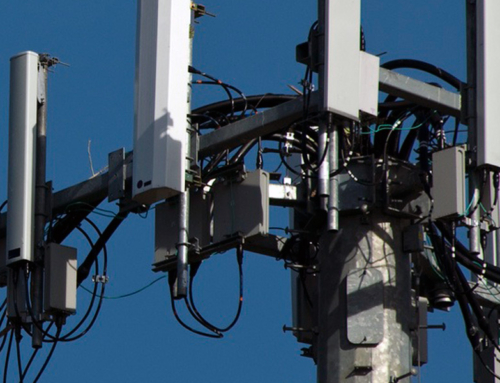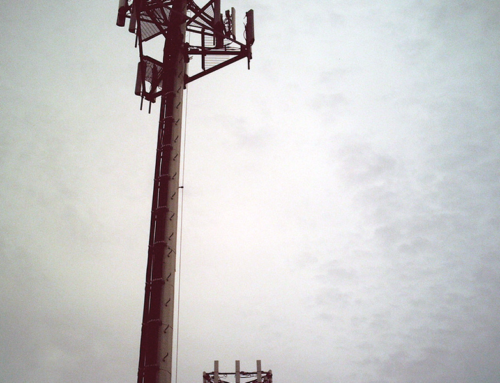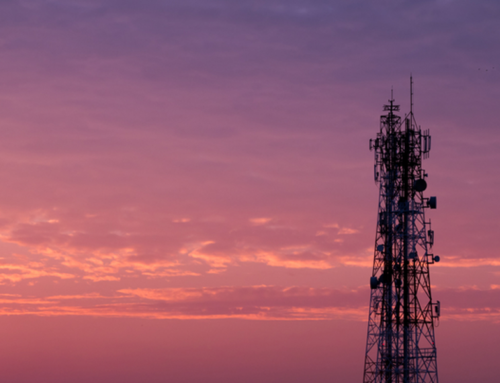We previously talked about Sprint Inc.’s Next Generation Network Initiative, which was said to include $1 billion in cost-cutting with the relocation of towers from leased sites to government-owned land as well as the concentrated deployment of small cells.
At Deutsche Bank’s recent Media, Internet and Telecom conference, Sprint CEO Tarek Robbiati clarified its focus on dense, data-focused network updates that will help strengthen its standing against the competition. Improvements will not revolve around building up its 4G network, but instead around a 5G-ready densification strategy.
“We’re not building a network that’s 4G. 4G is almost a thing of the past,” Robbiati asserted. “We’re building a 5G network for the future, and 5G networks are fundamentally different to 4G networks.”
What is the fundamental difference between 4G and 5G? 5G won’t be built with cell towers, but rather with small cells to fill coverage gaps and “densify” the network.
“Densification is a word the industry will hear about for the next 10 years at least,” Robbiati predicted. “The more spectrum you deploy, the more you can connect customers and the more speed you can give customers across your network. That requires densification.”
Having decided to sit out on the FCC’s 600 MHz spectrum auction, Robbiati referred to Sprint’s existing 2.5 GHz spectrum holdings as the foundation for its network densification push. Robbiati said the most efficient spectrum for high-capacity networks is high-frequency spectrum, which Sprint already has in its 2.5 GHz assets.
“It’s simple engineering law,” Robbiati explained. “Higher frequency spectrum is more efficient to handle more traffic.” The catch, he stated, is that high-frequency spectrum “doesn’t propagate very far,” requiring a need to compensate with densification and, hence, deployment of “a lot more sites.”
What do Sprint’s 5G goals mean for you, a potential or current cell site leaseholder? It’s impossible to say for sure, but a few things are clear.
Unfortunately for leaseholder hopefuls, an attempt to densify through tower sites alone is simply not economical for Sprint, which means new cell tower lease agreements are likely to be limited. For current cell tower leaseholders, it’s important to know that while Sprint aims to increase reliance on small cells, an instant mass migration from towers is implausible.
Both potential and current leaseholders could benefit from the fact that Sprint’s forthcoming network will be a heterogeneous one. The network will take shape based on the specific needs of different coverage areas. That could go either way with the addition or dissolution of sites and, therefore, leases.
Robbiati illustrated this point when he declared at the conference that “There is no more a single type of site that suits every situation, even in metro and urban settings. For the suburban environment, you’ll probably need more towers. Small cell sites won’t really do the same thing, but you don’t really need so many small cell sites in low populated areas.”
So, there is no singularly applicable answer for how Sprint’s future plans will affect your future and your bottom line. Just as each landlord’s set of circumstances is unique, every cell tower lease is unique. That is why it is so important that you seek advice and objective guidance from professionals.
With many years of experience and unparalleled expertise, The Filo Group is highly equipped to assess your particular situation. Let the best cell tower lease advisors in the business inform you about how to best position yourself given imminent changes in the industry. Contact us for a free consultation today.








